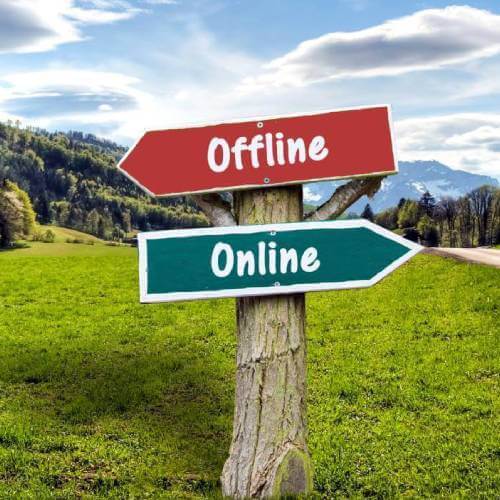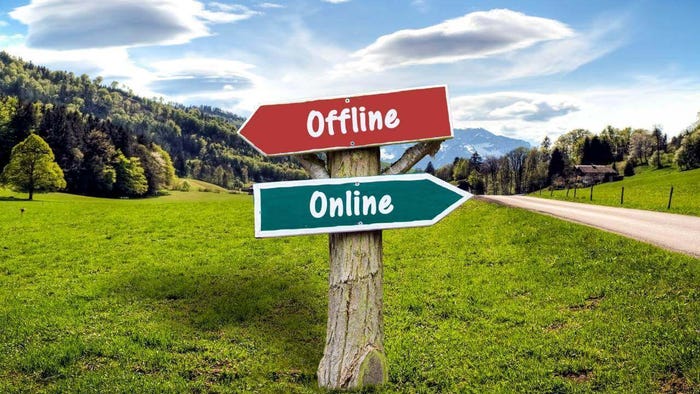A recap of the Affordable Connectivity Program's first year and what's to come of the FCC's broadband subsidy program in 2023.

The FCC's Affordable Connectivity Program (ACP), a monthly subsidy for broadband, is ending its first year with over 15 million households enrolled. The program is also ending the year with some initiatives to improve it – and open questions about its future.
Here's a quick recap of the program so far and what's ahead next year.
The ACP launched on December 31, 2021, as the "longer-term" version of the Emergency Broadband Benefit (EBB): a temporary subsidy created in response to the COVID-19 pandemic.
Figure 1:  The ACP is currently helping to connect over 15 million US households to affordable or free broadband.
The ACP is currently helping to connect over 15 million US households to affordable or free broadband.
(Source: Zoonar GmbH/Alamy Stock Photo)
Established through the Infrastructure Investments and Jobs Act (IIJA) passed in late 2021, the $14.25 billion ACP offers a discount of up to $30 per month for qualifying low-income households (up to $75 for households on tribal land), plus $100 toward a device.
The program kicked off with roughly 9 million enrolled households, rolled over from the EBB. It has since grown by an average of 500,000 users per month.
As part of its "Internet for All" effort to close the digital divide, the White House sought to use the ACP to help millions of Americans receive free broadband. In May, President Biden announced commitments from several ISPs, including AT&T, Comcast and Verizon, to offer ACP-eligible plans for "no more than $30/month."
But the program has challenges. In September, the GAO released a report showing that "dozens" of ISPs had claimed ACP funds fraudulently.
Meanwhile, various estimates show the subsidy is reaching just a fraction of eligible homes.
Addressing the challenges
To that end, the FCC created three grant funds that will roll out in 2023 in an effort to enroll more users. They include the National Competitive Outreach Program ($60 million) and Tribal Competitive Outreach Program ($10 million) to help local governments, nonprofits and other organizations with outreach efforts.
The FCC also launched Your Home, Your Internet ($5 million) to increase ACP awareness among federal housing assistance recipients, and ACP Navigator ($5 million) to support groups helping people complete ACP applications. All grant applications are open through January 9, 2023.
To help evaluate the program's impact, and to satisfy a congressional mandate, the FCC also recently set annual data collection rules for ISPs participating in the ACP. Reports are expected to start coming in next year and may help guide the program's future.
But with funding for the ACP projected to run dry by 2025, it remains to be seen whether a new Congress will take action to keep it alive. We expect to see ACP advocacy efforts pick up next year from interest groups representing consumers, and from ISPs enjoying the benefit.
Related posts:
— Nicole Ferraro, editor, Light Reading, and host of "The Divide" podcast.
About the Author(s)
You May Also Like











